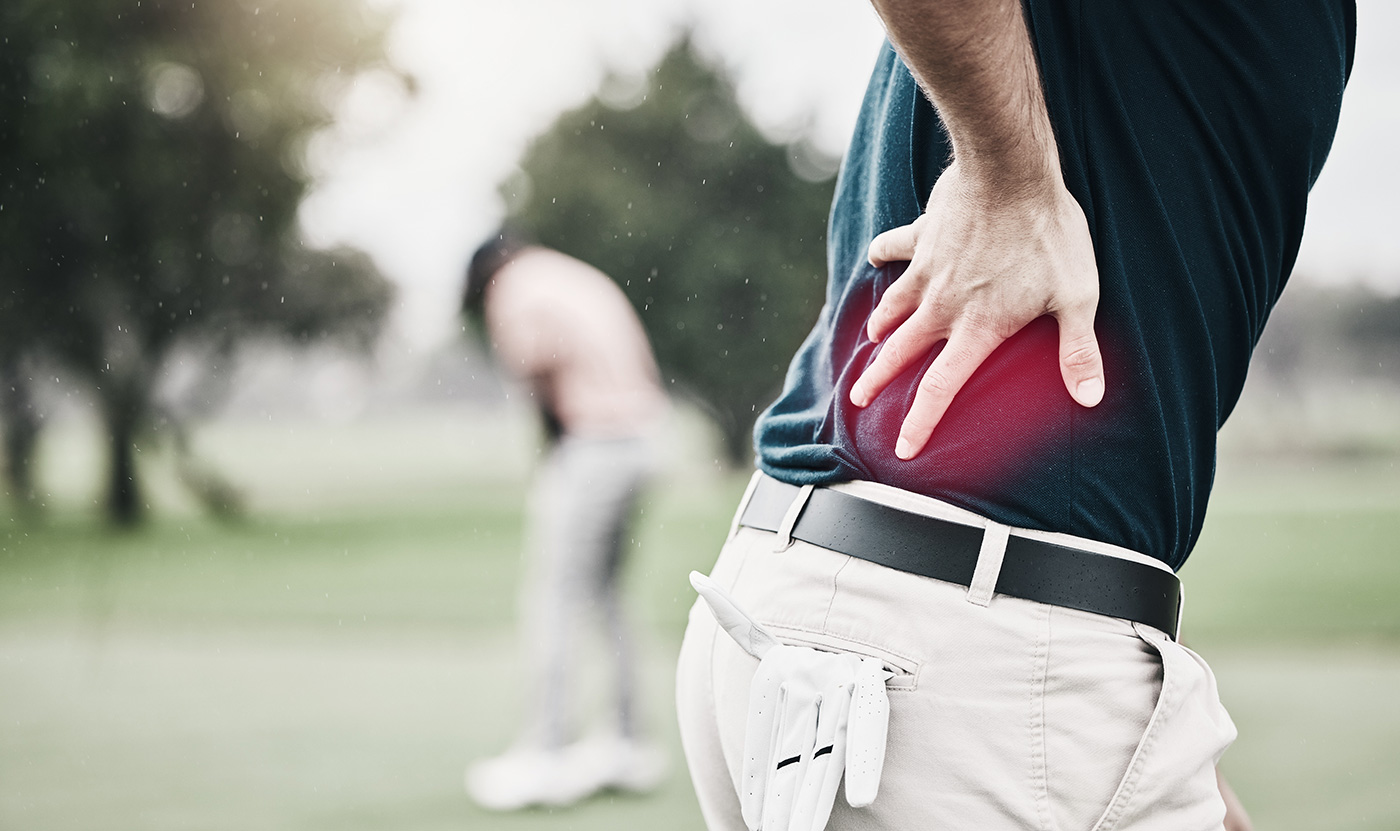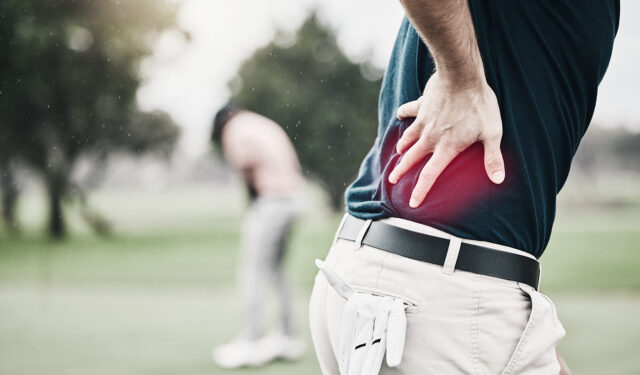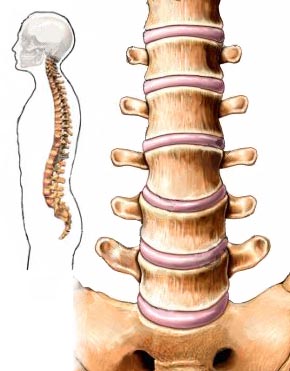
Chiropractic treatment and prevention of golf injuries
On this page we at the Isis Chiropractic Centres explain some of the most important things for you to do to avoid golf injuries; posture, warm-up and core stability training.
Golf is a fantastic game—but injuries can keep you off the course. Whether you’re a weekend player or an experienced golfer, staying injury-free is essential to enjoying the sport and improving your performance.
This guide explores how golf injuries happen, why spinal health and posture matter, and how chiropractic care can help you prevent and recover from common golf-related injuries.

Want to know more? Request a Callback
Or give us a call, to find out how we can help you with Preventing Golf Injuries with Chiropractic Care.
Book an Appointment
Schedule an appointment for Preventing Golf Injuries with Chiropractic Care tailored to your needs.
Golf involves the entire body, which means injuries can affect many areas. The most common issue among golfers is lower back pain, followed by discomfort in the:
Neck
Shoulders
Elbows
Wrists
Knees
Ankles
The golf swing is a powerful, full-body movement. While it may look smooth, it places significant strain on your muscles, joints, and ligaments.
Injuries that affect your golf game often don’t come from golf alone. Daily activities like gardening, lifting, driving, or working in awkward positions can strain your joints and soft tissues.
In fact, 80% of people will experience back pain at some point in their lives—regardless of whether they play golf.
Golf is a non-contact sport, so overuse injuries are more common than traumatic injuries. Repeating the same motion (especially with poor mechanics or posture) can lead to strains, sprains, and joint irritation.
Muscles provide active support for your joints.
Ligaments and discs offer passive support and absorb impact.
The nervous system coordinates movement and protects against injury.
A problem in any one of these areas increases stress on the others. For example, if your muscles are weak or tight, your ligaments may become overstressed. And if you injure a ligament, your muscles may overcompensate and become tight or strained.
Your core isn’t just about abs—it refers to the spine and the muscles that stabilize it. The golf swing depends on strong, coordinated core stability to transfer power from your legs to your arms.
Without proper core strength, your swing may become inconsistent, increasing the risk of injury and decreasing performance.
A strong core gives you better coordination, timing, and power—and helps prevent injury.
When training your core, focus on dynamic stability, not just holding positions. Your spine must stay stable while moving, especially during a golf swing.
Pain isn’t just a nuisance—it’s a protective mechanism. It signals your nervous system to reduce muscle activity to avoid further injury.
For example, if your back feels tight and painful, you may think it’s a muscle problem. But often, this tightness is a response to underlying joint or ligament damage. Simply stretching the muscles won’t fix the issue—and might even make it worse.
Different parts of the spine have different roles:
Lumbar spine (lower back): Designed for forward and backward movement, not rotation.
Thoracic spine (mid-back): Rotates well but is limited by the rib cage in other directions.
Cervical spine (neck): Most mobile, allowing for both rotation and flexion.
Golf requires a lot of rotation, which should primarily come from the hips and shoulders, not the spine. Forcing the spine to rotate beyond its natural range increases injury risk.
It is important to take a closer look at the spine because, as always, the structure determines function. Some parts of the spine allow natural movement in certain directions because of the orientation of the spinal joints.
If we look at the lower back (lumbar spine), the orientation of the joints (facet joints) makes it almost impossible for rotation to occur naturally, flexion and extension is a more natural movement here.

Your posture directly affects your golf mechanics and injury risk.
A forward-slumped posture restricts spinal and shoulder mobility, increases lower back stress, and limits rotation.
Good posture helps you move efficiently and use your body’s natural levers for better power and distance.
Adjusting your posture can protect vulnerable joints and even add distance to your shots.
If you’re looking to stay healthy and injury-free on the course, start with these three fundamentals:
Strengthen your spine and surrounding muscles through targeted exercises. Focus on dynamic stability—not just static holds.
Don’t force spinal rotation through stretching or twisting exercises. Instead, increase flexibility in your hips and shoulders to protect your spine.
Proper golf posture not only helps prevent injury but also boosts your performance. Use a postural checklist before every swing.
Chiropractors specialize in improving spinal health, joint function, and muscular balance. Treatment may include:
Spinal adjustments to restore proper joint movement
Soft tissue therapy for tight or overworked muscles
Rehabilitation exercises to strengthen your core and improve posture
Guidance on swing mechanics and injury prevention strategies
If you’re already dealing with an injury—or want to avoid one—chiropractic care can help you get back on the course with confidence.